A Team Approach To Landing Big Fish

WHEN LANDING A BIG FISH YOU NEED THE DECK STACKED IN YOUR FAVOR.
On my recent trip to Alaska West, I hade ample opportunity to practice big fish landing skills. We fished from the boat a good bit and it seemed like every five minutes we were battling another huge rainbow. Landing big Alaska rainbows in a river full of snags and very heavy current is no cake walk. With a little teamwork and cool head though, you can stack the deck in your favor.
Ultimately, you want to be out of the boat when you close the deal. Being on firm footing with both the angler and the net-man able to move independently is crucial. This allows you to fight the fish strategically and take advantage of every opportunity to put him in the net. In order for everything to go smoothly, everyone on the boat should be on the same page and know their roll.
Generally, when you stick a big fish, you know it. Even if you haven’t seen him, his behavior should give you a clue. If he bulldogs you right from the start, feeling like a throbbing log on the river bed or begins to move calmly upstream, you’re in for a long tussle. If he goes ballistic, jumping or making a big downstream run, you’re in crisis mode from the word go. As an angler, it’s in your best interest to let your buddies know what’s happening on the other end of the line so they can react accordingly.
As the oarsmen, you want to try and stick with the fish in the crucial first moments of the fight. If he’s bulldogging, try to hold your angler just downstream of the fish. That will help him keep a good ninety degree connection to the fish without getting a bunch of line off the reel. Once the fish starts to move downstream, go with him. If he makes a big downstream run, it will be easier to close the gap while still in the boat. In either instance, it’s important that the oarsman move the boat to keep the fish away from hazards that might catch the line.
If you are the second angler in the boat and you are not also hooked up
Read More »Fly Fishing: The Woolly Bugger Isn’t all that, Or is it?
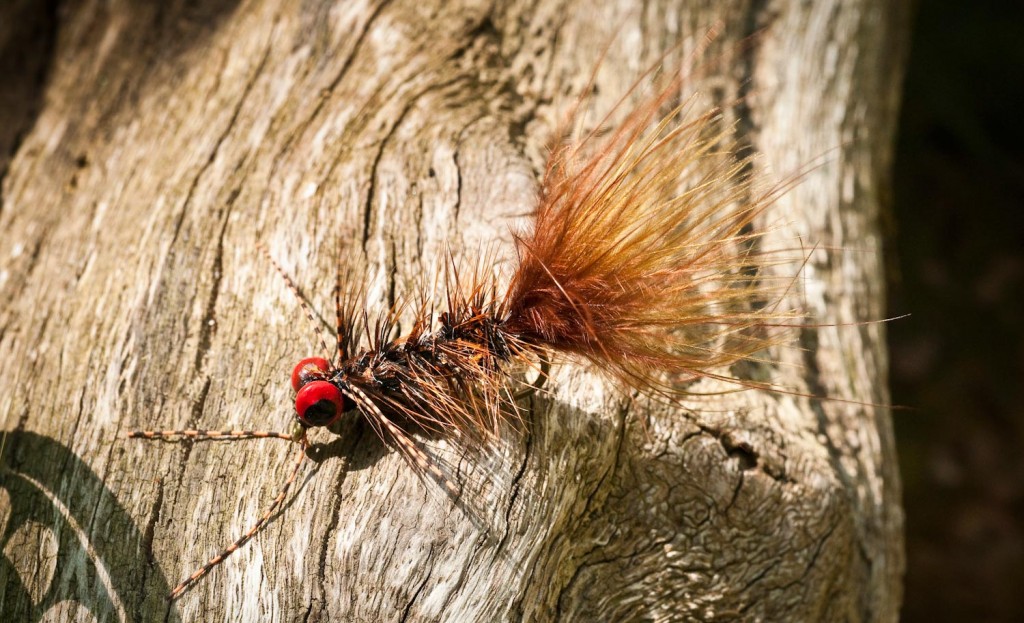
This isn’t Montana, Your Not Norman Maclean, and the Woolly Bugger isn’t all that.
This was a bumper sticker a guide buddy of mine had printed up a few years back. It was prominently displayed for his clients to read when they pulled up to greet him. That’s one hell of an ice breaker for checking fishing egos at the boat ramp, let me tell you. I give my boy J.E.B. Hall props for his comedic humor and gutsy style. For those of you who don’t know J.E.B., he’s a veteran Western North Carolina guide, Author of Southern Appalachian Fly Guide, and has spent multiple seasons guiding at Alaska West. Meet him one time and you’ll say to yourself, “this guy is the funniest guy I’ve ever met in my life”.
Most anglers fall into one of two categories when it comes to their perception of woolly buggers. They either love them or despise them. I love the fly pattern for two reasons. First, for its impressionistic design that’s capable of mimicking many different trout foods, and second, for its versatility in how the pattern can be fished. It’s rare for me to not break out a woolly bugger at some point during the day. When trout aren’t biting, I almost always can find fish willing to snack on them. The only time I keep woolly buggers out of the game and sitting on the bench, is when I’m fishing water where dry flies are the only thing required.
I believe in the woolly bugger so much, If I only had one pattern that I could take with me fishing, that would be it. Why the woolly bugger, you ask? Because it has probably caught more species of fish on this planet than any other fly pattern created since fly fishing was born. Now if I asked Jim Teeny, he would probably argue with me on this one, but what can I say, 90% of the time Jim strictly fishes his signature Teeny Nymph. And why shouldn’t he, the man has caught everything from steelhead to 100lb. tarpon on that fly. But if the tables were turned, and Jim Teeny would have invented the woolly bugger, I’d lay out a strong bet that’s what he’d be fishing instead. I meant no disrespect towards Jim Teeny, the man is a fish catching machine and a pioneer of the sport. He was just the perfect person to make my point on how effective woolly buggers are at catching fish, and I honestly couldn’t help myself.
Read More »The Wife And The Mistress

By Ethan Smith
A lesson on accuracy and line speed in saltwater fly fishing via infidelity.
Note: The following is a bit of “local wisdom” from a Belizean guide. It is intended for educational purposes only. It’s premise is largely chauvinistic, misogynistic, and generally in bad taste. But it works!
In sight fishing for bonefish there is no more important component than accuracy. When the guide calls out a shot, you better be able to hit it, and quickly. “9 o’clock, 60 feet” — hit it. If you don’t, there is a good chance he will jump off the platform, run up to the bow and slap you silly. Saltwater shots are far too precious to blow. His tip and your fish of a lifetime depend on you being accurate and timely with presentations.
Before my most recent trip to Belize my accuracy was fairly poor. I’ve fished salt in the Keys a few times, and I’ve fished Beaver Island for carp quite a bit. I’ve learned that my best shots on Beaver were to laid up fish not the big cruising 30 pound monsters that hang out in deeper water and require 80’ casts, right on the button, from the deck of a moving boat. Those weren’t my fish, and I was okay with that. But in Belize after we wore out the schooled up smaller bones we went super skinny to chase the bigger fish and sight fished for them in gin clear water. To hook up, I needed accuracy, and I needed it quick.
I was fishing out of a great lodge and the fishing director at the time was an experienced local guide and fantastic teacher. Everyday at 3pm he hung out on the dock and gave casting instruction. As soon as he saw my first cast to a target from the dock, he said
“You want accuracy? Think about your wife and your girlfriend.”
Read More »Fly Fishing Bass: 5 Tips for Fishing Frog Patterns Around Grass

Some of my most memorable days chasing bass on the fly have come from me spending the day popping and waking frog patterns along the surface.
I grew up fishing for bass, and although trout fishing has stolen the majority of my fly fishing attention over the years, I’ve always held a special place in my heart for catching bass on the fly. I’ve got friends that don’t see the coolness in fly fishing for bass, but that’s because most of them haven’t put in enough time on the water to experience perfect fishing conditions, and witness the thrill of bass smashing their fly, cast after cast. Bass are amazingly acrobatic fish, and they provide more than enough pull and rod bend to justify fly fishing for them. If you haven’t explored this area of fly fishing, I highly recommend it.
The other day, Louis and I left our houses at 2:45 in the morning to drive across the Georgia State line, and fly fish for bass on Lake Guntersville. Louis was doing a shoot for a new bass lure company, and I was lucky enough to get invited to tag along. Normally, it would be a real challenge to drag me out of bed at this hour, but Lake Guntersville is considered one of the top bass fishing lakes in the entire country. More importantly, the lake is famous for its unbelievable frog fishing that generally starts in June, and runs through the summer months. Lake Guntersville hosts several professional bass tournaments throughout the year, and in 2014, it will host the most famous of all tournaments, The Bassmaster Classic.
During the tournaments on Lake Guntersville, it’s not uncommon for bass anglers to weigh-in five fish sacs, well over 35 pounds. That’s right, we’re talking about an average fish weight of over seven pounds. If that doesn’t get you excited about visiting Lake Guntersville, I suggest you get someone to check your pulse. The reason this lake can grow and sustain such large numbers of trophy bass, comes from the high fertility of its waters, and that’s provided by it being located in an interconnected series of flowing lakes. This feature provides a constant fresh supply of inflowing water and food throughout the entire lake chain, and Lake Guntersville happens to lie smack dab in the middle.
In June, Lake Guntersville is completely transformed, as large areas of the lake are taken over by aquatic vegetation (hydrilla and milfoil) growing to the surface. So much in fact, that it’s not uncommon to find your self fishing the lake where there’s more grass than open water. Bass fisherman come from all over the country to cast their frog and rat patterns around the grass mats to coax bass into crushing them. This was exactly my plan with Louis for our day on Lake Guntersville. Unfortunately, the unusually cold nights of April and May had the grass behind schedule. We were still able to find grass and catch some good bass on our frog patterns, but the frog bite was nothing like it’s going to be in a month from now. For those of you interested in getting in on this amazing grass bite on Guntersville or any other reservoir that has good grass concentrations during the summer, I’ve provided five tips below that should help you increase your success.
Read More »Lowcountry Meets The Louisiana Marsh
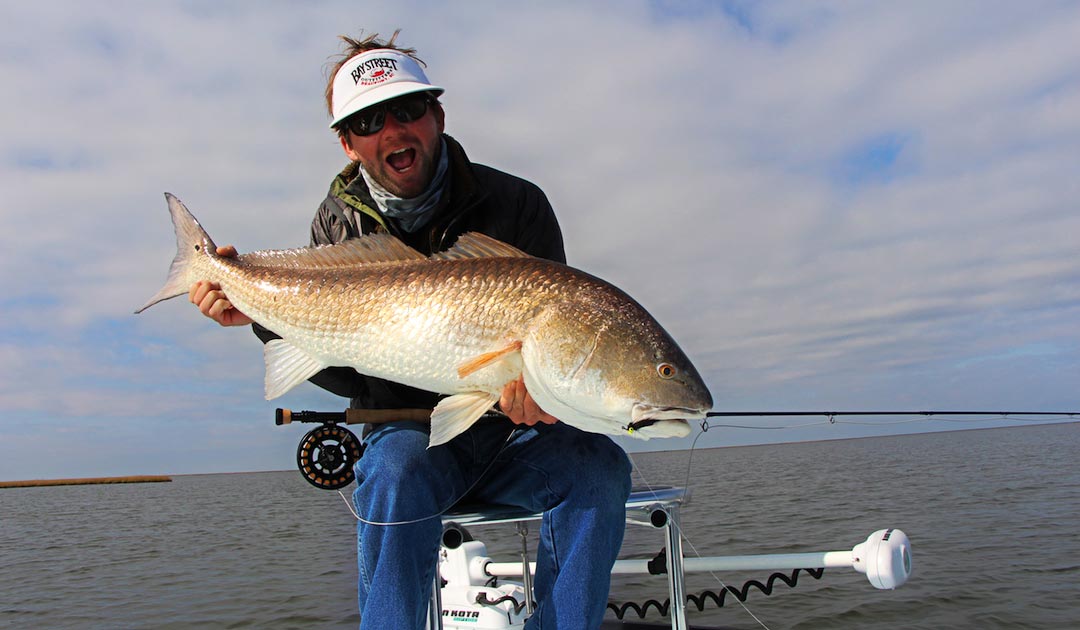
By Owen Plair
I could see this monster redfish laid up, just waiting for a fly.
As a full-time redfish guide in South Carolina, over the years it has been kind of hard for me to justify spending money to travel and fish the Louisiana marsh for a species I spend over 180 days year targeting. The two things that have always intrigued me about Louisiana are how big the redfish are in these shallow waters, and how insanely aggressive these big fish are. Not to mention the overall numbers of fish and amount of water in this world class fishery. Over the years I have heard countless stories from clients and friends and watched tons of videos about the Louisiana marsh, which have me very eager to experience this big fish destination first hand.
Back in December, I finally made the trip to the bayou in search of a monster redfish on fly. Most of the fly fishing guides in Louisiana are seasonal guides from other states including Florida, Texas, and in my guide’s case, North Carolina. These guides travel to Louisiana every year for the prime fall months when the big bull redfish swim and feed inshore on the cooler shallow water flats. My good friend Capt. Allen Cain is based out of Hopedale, Louisiana. Allen spends 3 to 4 months a year in Louisiana targeting these big fish with anglers from all over the U.S. After several seasons of sending me pictures of 20- and 30-pound redfish on fly, he finally talked me into making the trip.
New Orleans is one of my favorite places to visit and I had spent time there a few years ago for Mardi Gras. Yes, I do remember being in New Orleans in spite of a few fuzzy nights. Nola is an awesome city with tons of great restaurants, bars, history, and culture surrounding the city. The great thing about New Orleans is that it’s just a short drive to Venice and Hopedale, one of the largest redfish estuaries in the entire world. Whether you’re inshore for giant redfish or offshore for tuna, Louisiana hosts some of the best saltwater fishing around. If you like to eat, drink, and fish, this place is a must.
The town of Hopedale is
Read More »Watching Your Fly Line Tells You If You’re Fishing
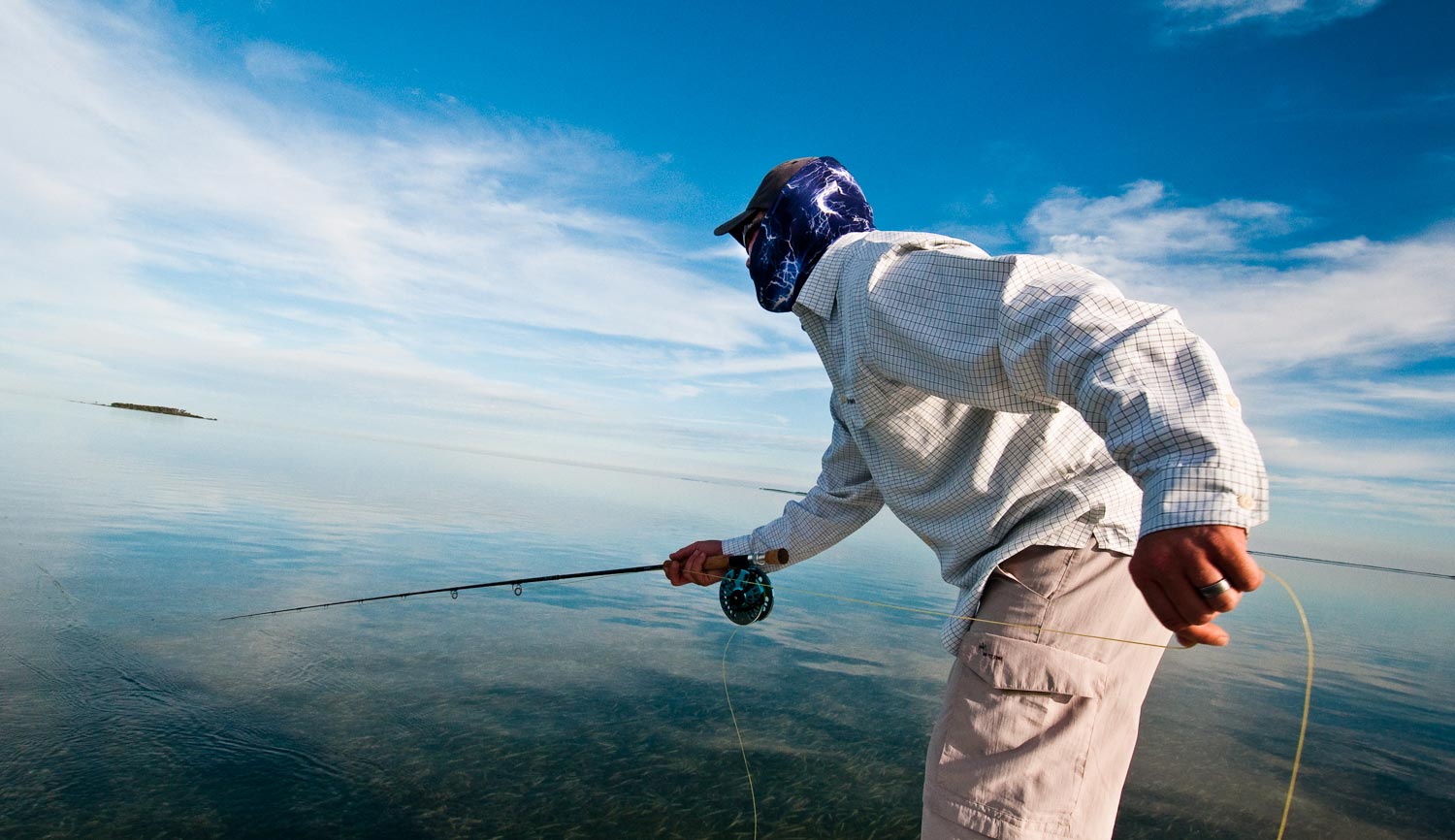
When fly-fishing in saltwater, if your fly isn’t moving, you’re not fishing.
This is one of those ideas that’s dead simple in principal and damned complicated in practice. For a fish to see your fly as food, it must have the right action, but there are factors at work that the angler may not perceive. Have you ever wondered why many saltwater fly lines are so brightly colored? It’s not a fashion statement, it’s a tool and often the key to catching fish.
Too many anglers making the transition from freshwater to salt think of the ocean like a big pond. In truth, it has more in common with a river. The water in the ocean is always moving and it’s often not readily apparent in which direction or how quickly. If you are fishing from a boat, the boat may also be in motion and not necessarily with the flow of the water. On top of all that the wind can influence the motion of the water, the boat and the fly line. It’s a lot to keep up with, but if you don’t you’ll pay the price in missed opportunities.
I’ve seen a lot of good casts fail to produce fish because the angler was not aware that their fly was dead in the water. Picture for a moment that you are on the bow of a flats boat. Your guide is poling against the current when he calls out a fish at 11 o’clock. You make a nice cast but because the boat was moving toward 12 o’clock you failed to notice that the current is coming toward you. If you strip as though you were in still water, you’ll never come tight to the fly. You will only take up the slack as the fly sits dead on the bottom and the fish will swim on by.
The opposite can be just as deadly. Suppose your guide
Read More »The Finer Points of the Ready Position
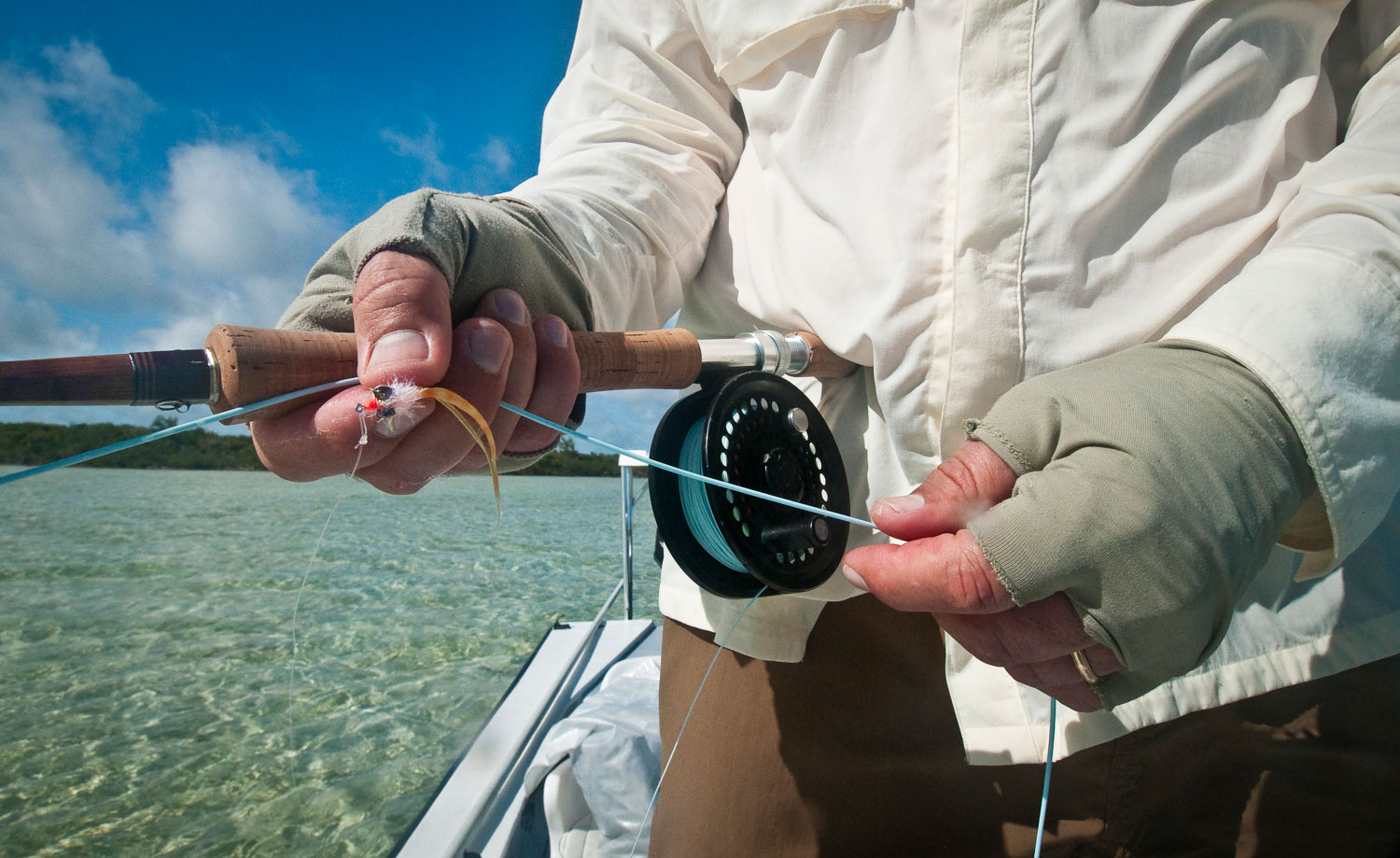
I’VE TALKED ABOUT THE READY POSITION BEFORE BUT IN TEACHING THE BONEFISH 101 PRIMER ON OUR TRIP TO ANDROS SOUTH, IT OCCURRED TO ME THAT SOME OF THE FINER POINTS BEAR REPEATING OR AT LEAST MORE THOROUGH EXPLANATION.
A good ready position is vital in making a quick and accurate presentation. It will save you the embarrassment of pulling a fly out of your pants, or worse, while you watch the fish you’d hoped to catch swim away. It’s a simple thing but easy to screw up. Here are a few points that I consider important to the ready position.
THE LEASH
The leash is the amount of line outside of your tip top. The length of your leash should be, fly line at least the length of your rod plus your leader, so 9 feet of fly line plus, let’s say, a 12 foot leader to equal 21 feet of leash. This should be enough line to load your rod quickly and start shooting line immediately. It’s also enough line to make a fast short shot at the occasional fish that gets up your skirt.
As important as having a good leash is maintaining it. What I mean by that is keeping up with what your leash is doing. A good leash is no help if it’s stuck under the bow of the boat or dragging a clump of grass. Keep an eye on the current and wind conditions to figure out where you need to hold your rod to keep your leash out of trouble. Sometimes I find it helpful
Read More »Haunted Dreams
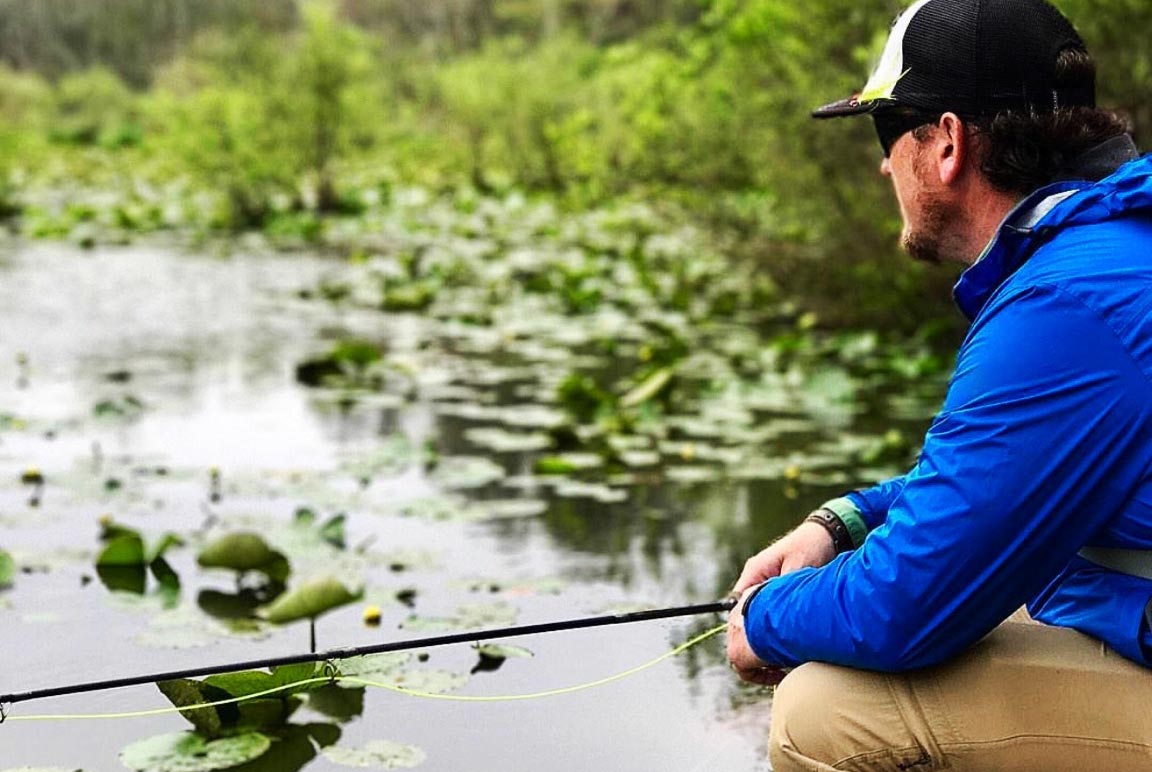
She was surely the largest bass I would have caught on a fly, I thought to myself as I studied her every move.
Taking notes of her general attitude and behavior towards the other fish around her. I stumbled upon her while walking the banks of a public pond near my house and quickly retreated up the nearby knoll. I frequent here often, and this place is known for producing some hefty Largemouth Bass. Spring is in full effect and the spawn is in full swing. Buck bass hover over the beds dotted along the shallows, and, with the angling pressure seen here, the females hold well off the bed and out of sight for the most part. For this reason, I’m surprised to find this big gal so close to the bank, sitting in barely enough water to cover her folded dorsal. Her bed is tucked in a corner surround by lilies and submerged timber. It’s where you would expect to see a bed. Her male companion is constantly chasing off bluegills and anything else that might come within a couple feet of him and his unhatched brood. Meanwhile, big girl sits calmly, about six feet away, tucked underneath some of the lilies, but in plain view of anyone with a sharp eye and some polarized shades.
Leaning against a big pine, I contemplate my approach as I watch her glide back and forth, unbothered by the happenings around her. It’s an ideal situation. She’s not overly stimulated and the overcast conditions provide me with a little more cover while also voiding any chances of casting shadows. The surrounding lily pads also give a great angle of approach, allowing me to creep in behind her to decrease my chances of being seen even more. The next task is picking out the fly to tie on. I’m likely to only get one shot at this fish. One shot. One fly. So what’s it going to be?
I wanted a pattern that was going to aggravate her and provoke a strike, but without being so irritating that she would flee the scene. What I decided on was a Jiggy Craw, tied by Pat Cohen. I went with the orange/brown color scheme to ensure that it was easily seen in the stained water. I also knew this fly would have good movement in the water even when lightly twitched. After checking my leader, I tie on this “chosen one” and double check my knot.
Now the moment of truth. Time to make my move and present my fly. Just off the bank, there was a small opening in the lilies between her and the bed that I could pitch my fly into. This window was about a yardstick across, which I hoped
Read More »G&G Beginner Series: Rods, Reels, and Ready-To-Fish Kits
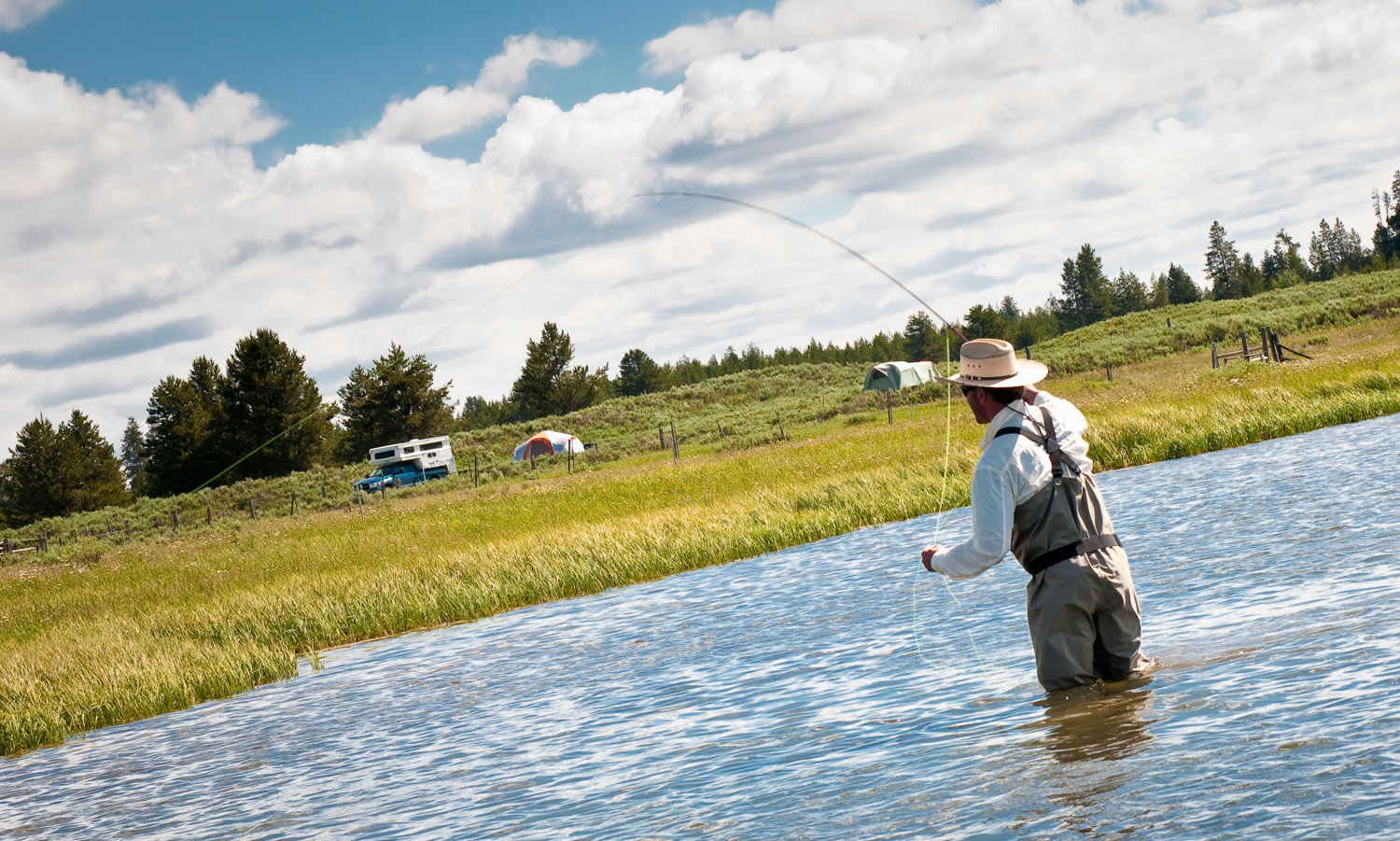
By Justin Pickett
The first pieces of equipment we typically look for when getting into fly fishing are the rod and reel.
After all, without those two things, there isn’t a whole lot of fishing that’s gonna get done. So what do you buy? Why do you buy this vs. that? Where do you buy? Picking the right rod and reel setup can be a daunting task. There are numerous options, but we’ve got you covered with what we think are some of the best for beginners while also providing some leftover moolah for gas and flies.
Let’s start with where to buy. While I realize that it’s not always possible depending on where you live, I strongly suggest finding a reputable fly shop to help get you started. Let them know your budget and ask questions. Don’t just assume you know what they’re talking about, or that you’ll figure it out on your own. You have to have an open mind and be teachable. Doing this will help immensely with the learning curve. Don’t have a fly shop nearby? Use the internet to search for reviews on equipment, or ask other anglers in the parking lot. Orvis has a great program oriented to the new beginner. They offer tons of Fly Fishing 101 classes across the country and there’s a ton of info available on their website. And that’s just one resource! There are tons!
Alright let’s get to the meat and potatoes. The FLY ROD.
The fly rod is your magic wand. Without it, you would be an awful magician. There are tons of fly rods out on the market. Some big, some small. Some are affordable, while others might require a bit more explaining once the wife found that charge on the account. The most important thing about your first fly rod, and this is just my opinion, is that it needs to be affordable and appropriate for the fishing that you plan on doing. Forget the fancy talk about tapers and technique-specific rods. You just need a dependable rod that can multi-task and get you out on the water. The fancy stuff can wait, I promise. The next important thing is
Read More »12 Tips for Taking Awesome Fishing Photos
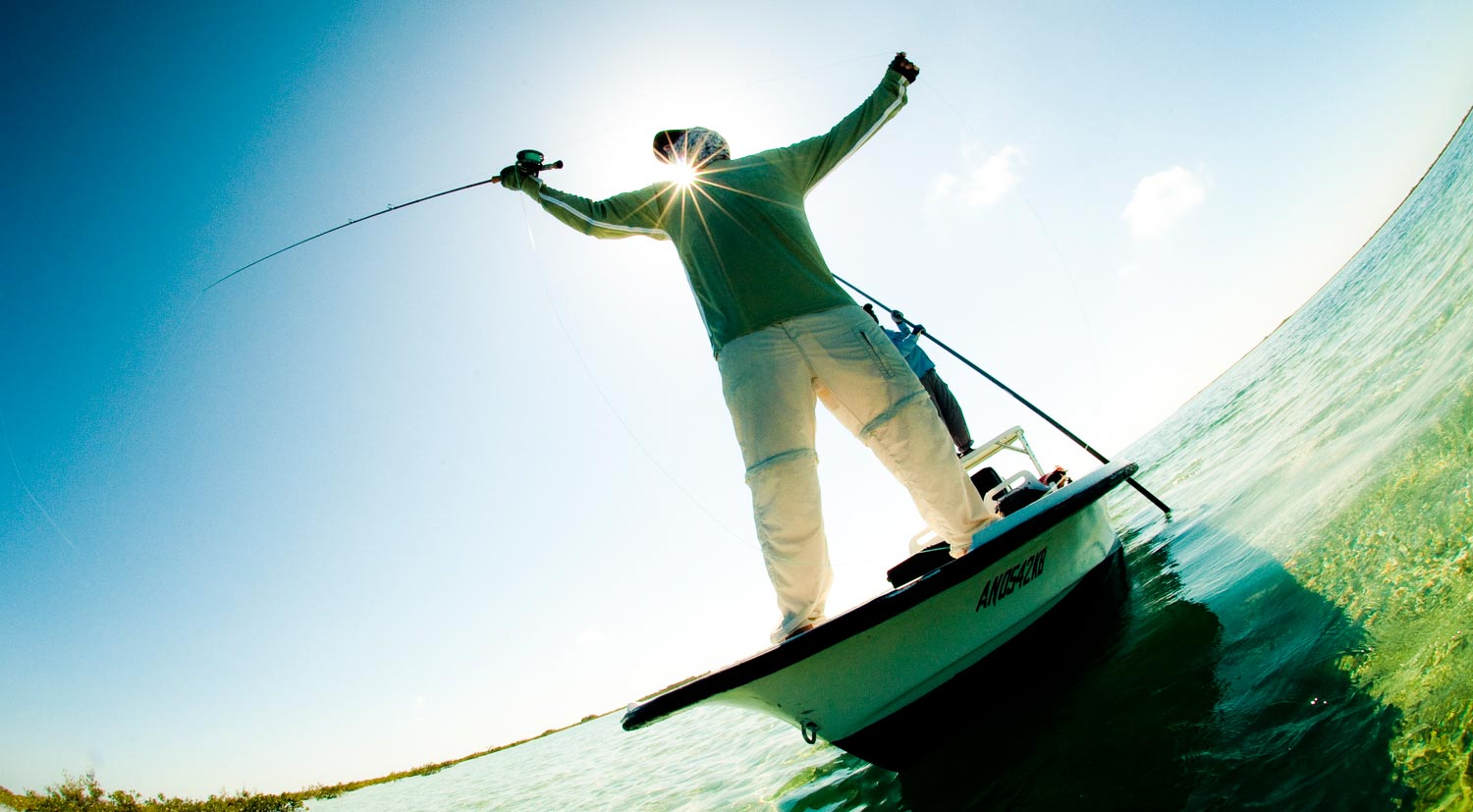
WANT TO TAKE BETTER FLY FISHING PHOTOS?
Just the other day one our Facebook followers asked if I would post some tips for taking better fishing photos. I’ve written a good bit on the subject, but the articles are scattered across the site. I thought this would be a great opportunity to put together one source for some of my best photography tips and tricks.
So here it is, 12 tips that will make your fishing photos rock!
Holding Fish For Photos
The first step in getting a great shot of a fish is knowing how to hold it properly. I am constantly amazed how many anglers don’t know how to hold a fish for a photo, but to be fair, Kent and I have had a lot of practice and we have it down to a science. Here’s an article from each of us on the subject.
Hold That Fish
4 Tips For Getting A Better Picture Of Your Trophy
What if you’re fishing alone when you catch the fish of a lifetime?
No problem. Here’s an article that will give you plenty of options for getting a great shot.
Getting The Hero Shot When You’re Fishing Solo
Great photos start the basics.
Read More »